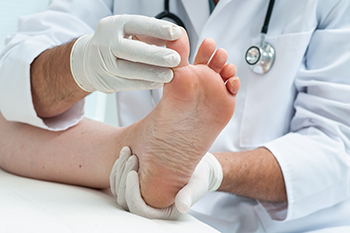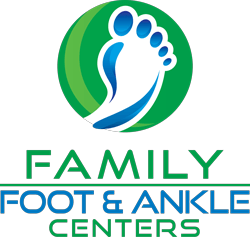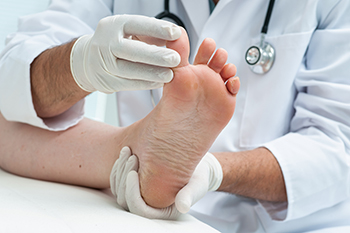Environmental Factors Related to Athlete’s Foot

Athlete’s foot, a common fungal infection that affects the skin of the feet, can be influenced by various environmental factors. Moisture plays a significant role in its development, as the fungus thrives in warm, damp conditions. Sweaty feet trapped in tight, poorly ventilated shoes or damp environments, like locker rooms and communal showers, create an ideal breeding ground for the fungus. Therefore, keeping your feet dry and clean is essential in preventing athlete’s foot. Furthermore, sharing contaminated surfaces, such as towels or footwear, can contribute to its spread. It is critical to practice good foot hygiene and avoid sharing personal items with infected individuals to reduce the risk. Preventive measures include wearing breathable shoes, changing socks regularly, and using antifungal powders or creams. Proper foot hygiene and avoiding exposure to fungus-prone areas are key in reducing the likelihood of athlete’s foot. If you have developed athlete’s foot, it is suggested that you schedule an appointment with a podiatrist for a proper diagnosis and treatment.
Athlete’s foot is an inconvenient condition that can be easily reduced with the proper treatment. If you have any concerns about your feet and ankles, contact one of our podiatrists from Family Foot & Ankle Centers. Our doctors will treat your foot and ankle needs.
Athlete’s Foot: The Sole Story
Athlete’s foot, also known as tinea pedis, can be an extremely contagious foot infection. It is commonly contracted in public changing areas and bathrooms, dormitory style living quarters, around locker rooms and public swimming pools, or anywhere your feet often come into contact with other people.
Solutions to Combat Athlete’s Foot
- Hydrate your feet by using lotion
- Exfoliate
- Buff off nails
- Use of anti-fungal products
- Examine your feet and visit your doctor if any suspicious blisters or cuts develop
Athlete’s foot can cause many irritating symptoms such as dry and flaking skin, itching, and redness. Some more severe symptoms can include bleeding and cracked skin, intense itching and burning, and even pain when walking. In the worst cases, Athlete’s foot can cause blistering as well. Speak to your podiatrist for a better understanding of the different causes of Athlete’s foot, as well as help in determining which treatment options are best for you.
If you have any questions please feel free to contact one of our offices located in Corsicana, Ennis, and Waxahachie, TX . We offer the newest diagnostic and treatment technologies for all your foot and ankle needs.
Read more about Athlete’s Foot
The information provided in this article is not meant to be medical advice and is for educational purposes only. If you would like to learn more about topics related to podiatry, feel free to contact Family Foot & Ankle Centers by clicking here or calling 972-597-4132 to reach our Waxahachie office, 903-872-9910 to reach our Corsicana office, or 972-875-3668 to reach our Ennis office.



